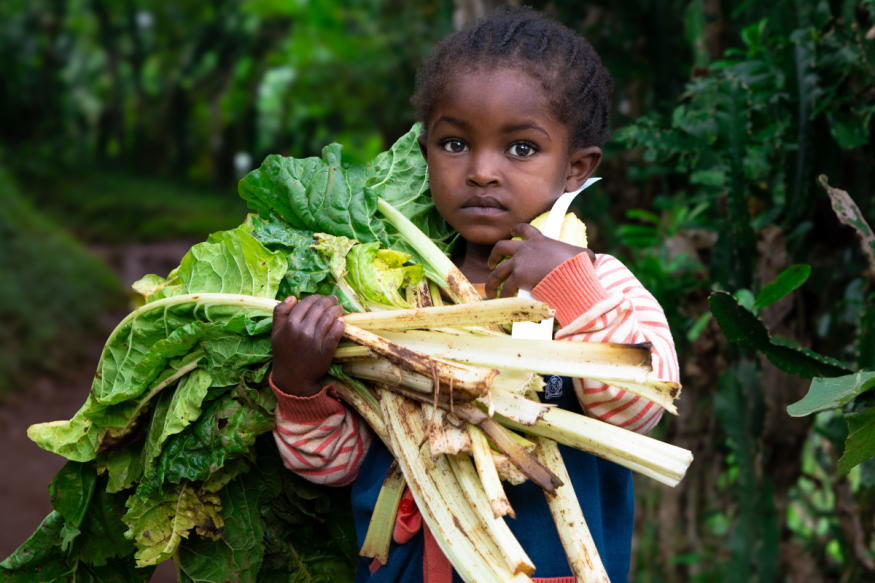
A new UNICEF report released this week reveals a shocking truth: 1 in 4 young children globally - or roughly 181 million under 5 years old - are facing severe food poverty. This translates to a disturbing statistic - a 50% increased risk of suffering from life-threatening malnutrition known as wasting.
Causes of Child Food Poverty
The report, titled "Child Food Poverty: Nutrition Deprivation in Early Childhood," investigates the root causes of dietary deprivation in nearly 100 countries. It identifies inequity, conflict, and climate crises as major drivers of this crisis. However, the report also highlights that even in relatively wealthy households, poor food environments and inadequate feeding practices can lead to child food insecurity.
The fight against child hunger faces a daunting uphill battle. While countries are still struggling to recover from the economic fallout of the COVID-19 pandemic, new challenges are emerging. Widening inequality, ongoing conflicts, and the escalating climate crisis are pushing food prices and the overall cost of living to unprecedented highs. This brutal combination threatens to exacerbate child food insecurity, putting millions of young lives at risk.
Impact on Children's Health and Development
Children in severe food poverty lack access to a nutritious and diverse diet, hindering their growth and development. Their diets are often limited to just one or two food groups, primarily starchy staples like rice or milk. This critical lack of fruits, vegetables, and protein sources creates a nutritional deficiency that weakens their immune systems, making them more susceptible to diseases.
"Children living in severe food poverty are children living on the brink. Right now, that is the reality for millions of young children, and this can have an irreversible negative impact on their survival, growth, and brain development," said UNICEF Executive Director Catherine Russell. "Children who consume just two food groups per day, for example, rice and some milk, are up to 50 percent more likely to experience severe forms of malnutrition."
The Situation in Africa
Sub-Saharan Africa bears a significant burden. Of the 181 million children suffering from severe food poverty, 59 million are located in this region. Conflict, climate change, and rising food prices are major contributors to the dire situation. However, progress has been made in the last decade, with West and Central Africa demonstrating a decrease in child food poverty rates.
Hope for Change: Success Stories and Solutions
Despite the bleak outlook, the report offers a glimmer of hope. Success stories from countries like Burkina Faso and Nepal, which have significantly reduced child food poverty rates, demonstrate that progress is possible. UNICEF urges governments, organizations, and the food and beverage industry to take action and:
-Transform Food Systems: Prioritize accessibility and affordability of nutritious foods.
- Leverage Healthcare Systems: Provide essential nutrition services and promote healthy practices for feeding children..
- Implement Social Protection Programs: Address income poverty to ensure vulnerable families can meet their children's nutritional needs.
To get involved, you can support the Child Nutrition Fund to accelerate UNICEF's efforts in preventing and treating child malnutrition.









